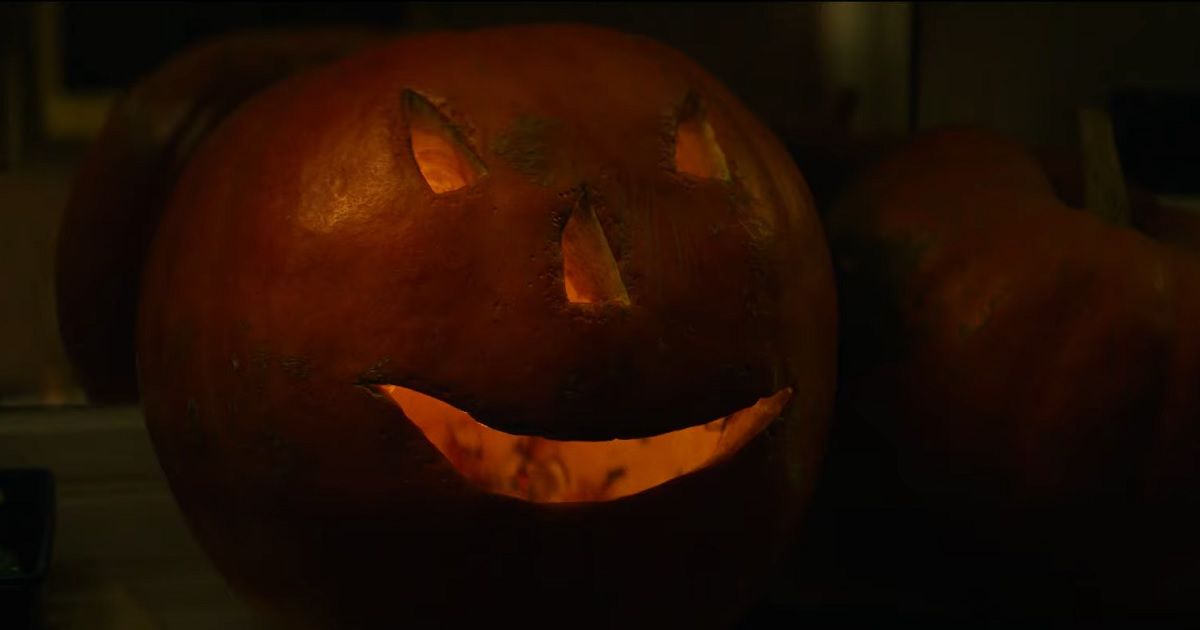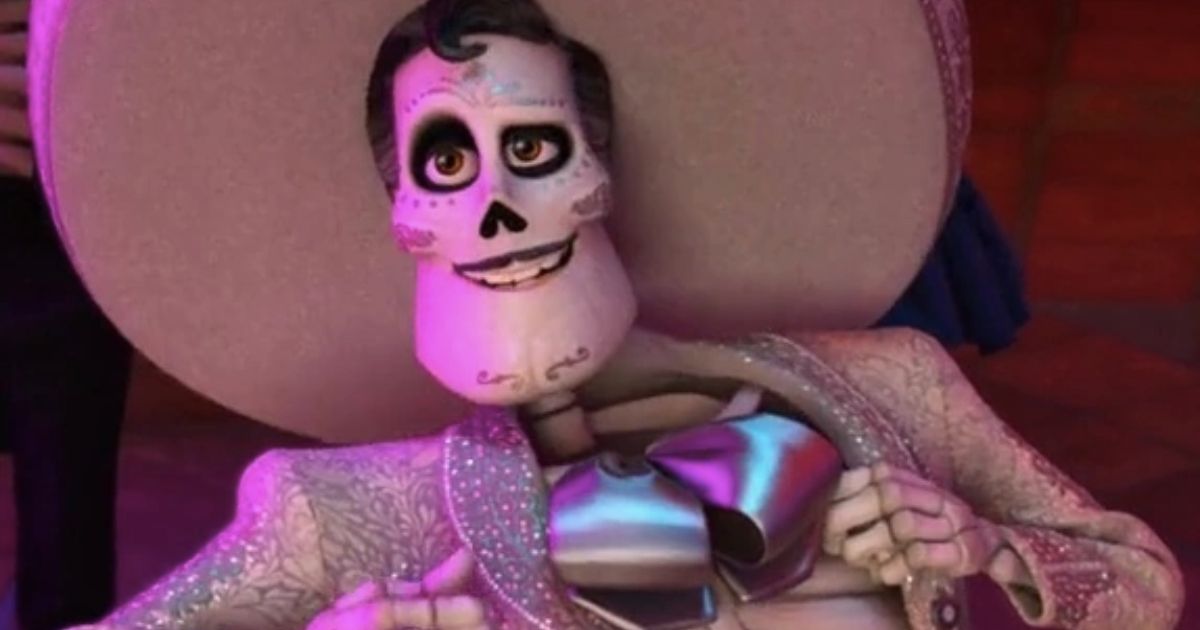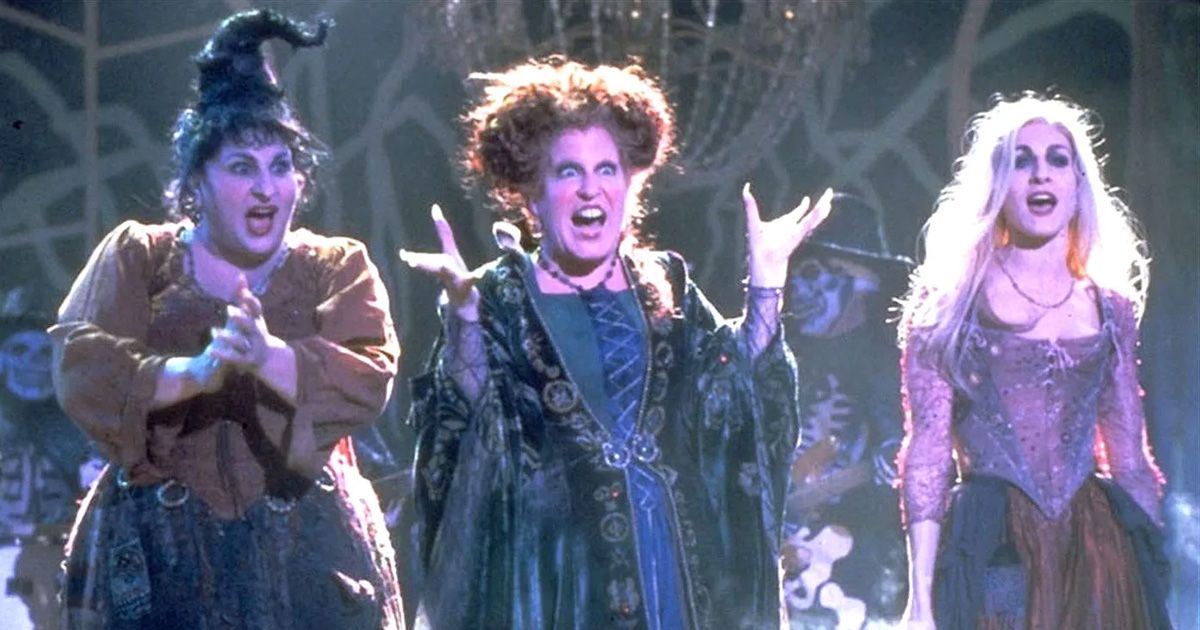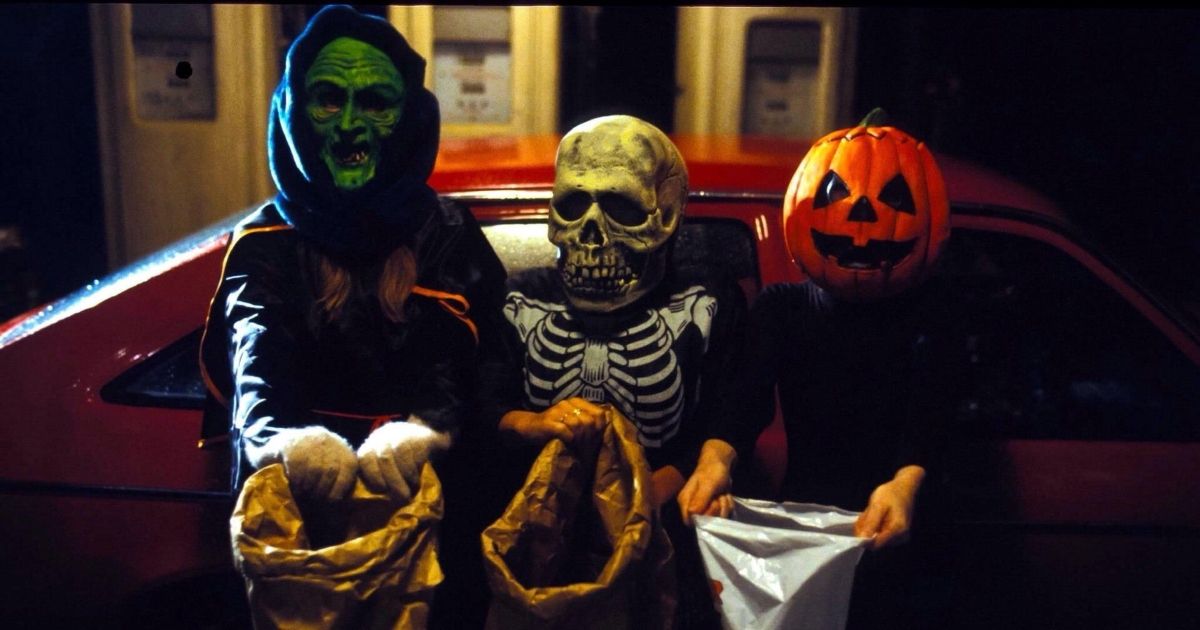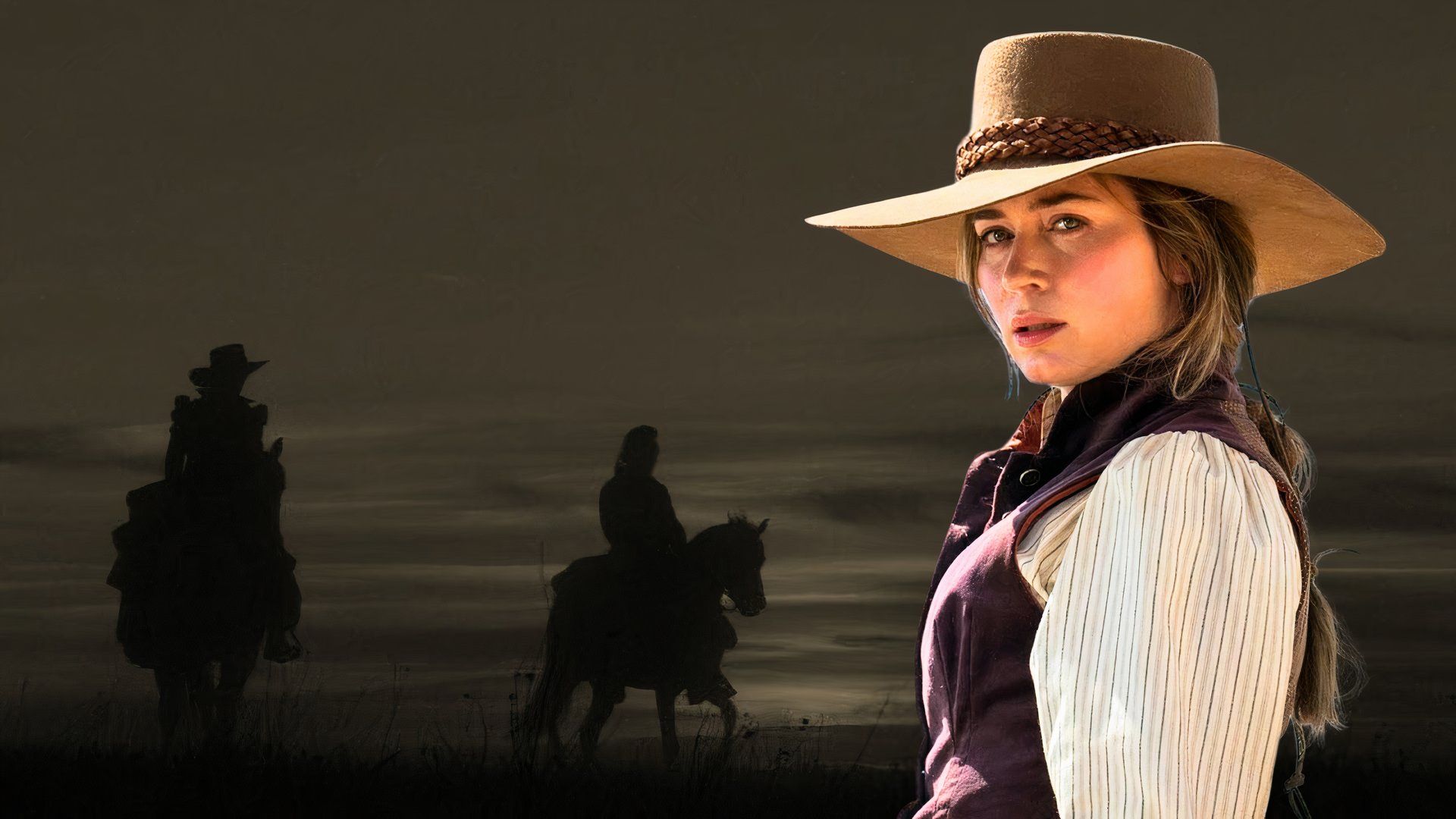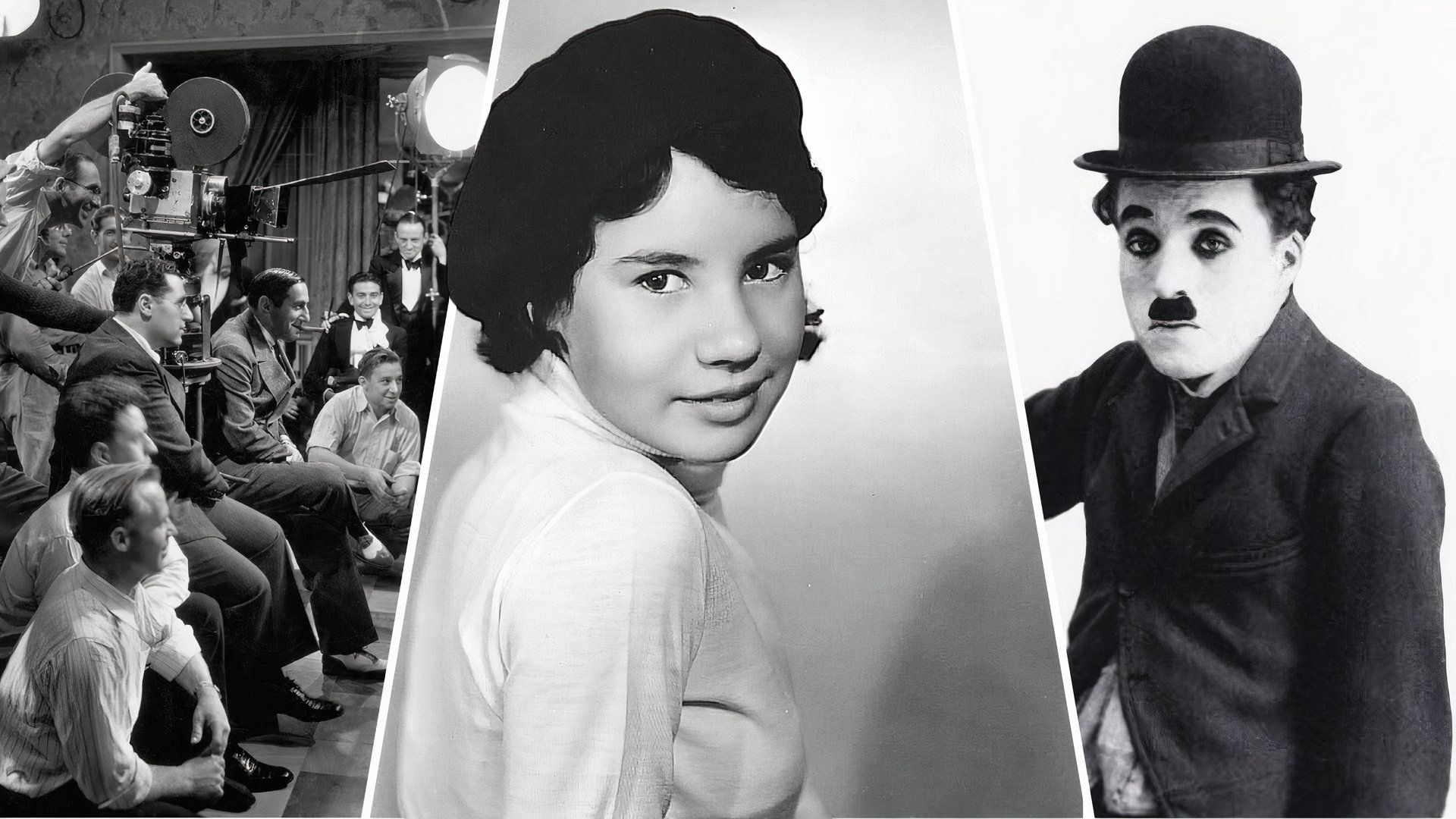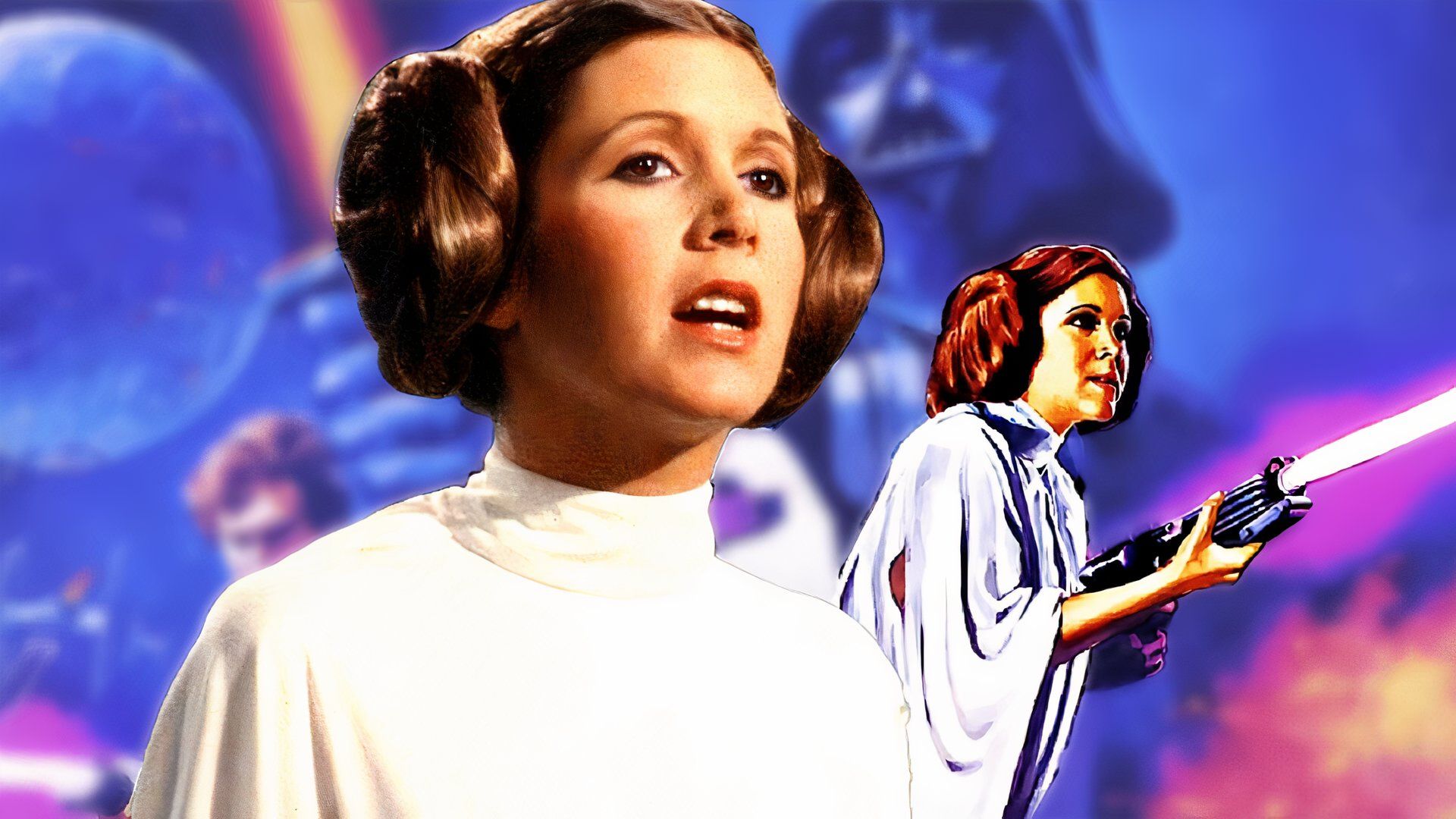Summary
- Halloween is an ancient holiday with rich cultural roots, originating from the Celtic festival of Samhain and later influenced by Christian traditions.
- Different regions around the world have their own unique Halloween traditions, such as Mexico’s Day of the Dead and East Asia’s Hungry Ghost Festival, which honor ancestors and the spiritual realm.
- Halloween has had a significant impact on pop culture, with its influence evident in movies, television shows, music, literature, and art. The holiday has become a multi-billion dollar industry with a focus on costumes, candy, and decorations.
Every October 31, people all over the world put on carefully planned costumes, embellish their homes with spooky decor and head out for a night of trick-or-treating. These traditions we know and love as Halloween have been around for centuries, but many people view the holiday as commercialized with no real significance. Yet, Halloween is one of the oldest holidays in the world, with rich cultural roots that have shaped it into what we have today.
Halloween has also influenced aspects of pop culture, especially movies and their representation of the holiday. From horror to comedy, there are countless productions that reflect the essence of Halloween. Some are children’s literary classics that teach them about the day’s traditions, while others take the lore and turn it into a dark or disturbing take on the celebration. Here’s a look at the origins of Halloween and some of the films that define the ancient festivities.
The Historical and Cultural Roots of Halloween
There’s no one singular origin of Halloween, but it is believed to have a mix of influences from different cultures, specifically Celtic and Christian traditions. The holiday originated from the ancient pagan festival of Samhain, a celebration of the end of the harvest season. The festival marked the beginning of winter and the start of the new year for the Celts, who lived in what is now Ireland, the UK, and Northern Europe.
Samhain was celebrated on October 31, with bonfires lit to ward off evil spirits. This day marked when the boundaries between the living and the spirit world were believed to be thin, allowing spirits to pass through and connect with the living. To protect themselves, people would wear masks and costumes to blend in with the dead. The Celts believed that during Samhain, the presence of spirits could help them predict the future and bring comfort to those worried about the struggles of the long winter ahead.
In the 9th and 10th centuries, the Catholic Church worked to replace pagan festivals with Christian holidays as the religion continued to spread throughout Europe. Pope Gregory IV went on to declare November 1st as All Saint’s Day, also known as All Hallows’ Day. This was a day to honor all the saints and spirits without their own specific day of remembrance. The evening before, October 31, became All Hallows’ Eve, eventually transforming into the modern-day Halloween we know today after the practices traveled to the US during the 19th century.
Halloween Traditions Around the World
Halloween is primarily celebrated in the West, but different regions have their own unique traditions. Some countries celebrate Halloween similarly to North America with trick-or-treating and pumpkin carving, while some have their own variations that reflect the cultural influences of their region. In Mexico and Latin America, Dia de los Muertos, or Day of the Dead, is a celebration that helps people connect with their loved ones who have passed away. Families create altars with offerings of food, drinks, and possessions to honor their ancestors and feel close to them. While it may seem like Dia de los Muertos is a sad holiday of grief, it is actually a joyous, colorful celebration that honors the cycle of life and death. Dia de los Muertos has been dated to the Aztec and Mayan times and is filled with cultural symbolism.
The Hungry Ghost Festival is another Halloween-like holiday that is celebrated around East Asia. While the Hungry Ghost Festival takes place during August, the seventh lunar month, rather than October, it shares many similarities with the roots of Halloween. It’s believed that during this month, spirits return from hell and roam the earth. People honor their ancestors and these spirits by offering food, drinks, and burning incense. In some parts of China, people release water lanterns several days after the festivities to ensure the spirits find their way back to the underworld. This unique holiday has roots in Buddhism and Taoism, dating back to the Eastern Han Dynasty.
The Holiday’s Influence on Pop Culture
Halloween has significantly impacted modern popular culture and remains one of the most beloved times of the year. Its influence can be seen in different forms of media, including television, film, music, literature, and art. Television shows and movies have long utilized Halloween as a theme or setting for storytelling aimed at both adults and children. From classic holiday specials like It’s the Great Pumpkin, Charlie Brown to sitcoms with Halloween-themed episodes each year, there’s no denying Halloween’s presence in our media. But has pop culture turned and influenced Halloween, or has Halloween influenced pop culture? It’s safe to say it’s a mixture of both, especially with the commercialization of the holiday.
The 20th century brought a shift towards commercializing Halloween, with the celebrations being more focused on costumes, candy, and decorations. The mass marketing of Halloween has been profitable for big businesses and led to the holiday becoming a multi-billion dollar industry. The day transformed from using costumes as a way to ward off spirits to a chance for people to dress up as their favorite media characters. The evolution of Halloween in popular culture has also led to a shift in the types of films produced around October, with a growing emphasis on horror and gore content that reflects the holiday.
When thinking about Halloween movies, one of the first franchises that comes to mind is John Carpenter’s Halloween. Even though the original movie has little to do with the holiday itself outside of being the anniversary of Michael’s first murder and the day he returns for more bloodshed, it’s become synonymous with October 31. Some of the sequels try to incorporate Michael’s connection to Samhain and his unrelenting search for Laurie, but ultimately, Halloween is about a masked killer terrorizing a small town, with the holiday being used as a backdrop.
Halloween movies have evolved over time, with the rise of slashers in the 80s and 90s bringing a more graphic, violent tone to the media. Yet, there’s always been a market for family-friendly Halloween films, like Hocus Pocus and The Nightmare Before Christmas. These movies offer a lighter take and usually have themes like friendship, acceptance, and Halloween traditions woven into the storylines. Pixar’s Coco is another example of a Halloween-themed movie that explores Dia de los Muertos and its significance in Mexican culture. It’s become a beloved addition to Disney’s holiday film lineup, showcasing different cultures in our media.
Halloween media goes beyond film, with music playing another role in its pop culture influence. It’s hard not to think of the holiday when songs like “Monster Mash” start playing or spooky movie soundtracks feature covers of famous Halloween tracks. Books and literature have embraced the holiday’s themes for years, with authors like Stephen King and R.L. Stine creating stories often related to the day and its scary presentation. While the commercialization of Halloween may take away from its original meaning, it opened doors for creators to explore new and exciting ideas within the genre.
